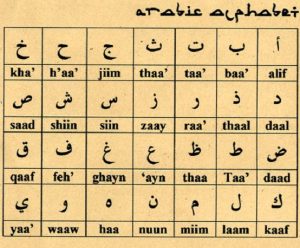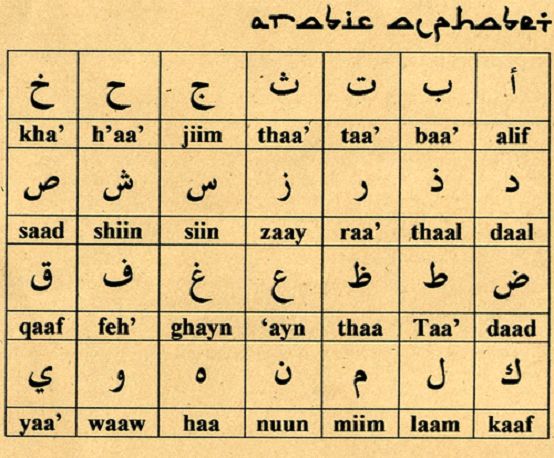By Sarah-Claire Jordan
 Arabic and English are not two languages people generally think of when they are thinking about languages that have a lot of similarities. However, regardless of their differences, English to Arabic and Arabic to English translation are both very pertinent to world events right now and probably will continue to be in years to come. Knowing this, it becomes important to highlight the challenges and what translators have to do in order to produce an accurate and faithful translations.
Arabic and English are not two languages people generally think of when they are thinking about languages that have a lot of similarities. However, regardless of their differences, English to Arabic and Arabic to English translation are both very pertinent to world events right now and probably will continue to be in years to come. Knowing this, it becomes important to highlight the challenges and what translators have to do in order to produce an accurate and faithful translations.
For starters, Arabic is written with a completely different alphabet and writing system from that of English. The Arabic writing system is written, and read, right-to-left, as opposed to left-to-right, which is how English is written and read. This reading and writing direction means that page layouts and websites need to be essentially flipped and reformatted when translating content from one language to the other.
Desktop publishing and more in-depth formatting for Arabic to English and English to Arabic translations is much more complex than for many other language combinations. This can mean reversing the order of pages in a brochure or booklet, as well as having to reformat images that end up forced towards the edges rather than towards the middle. You might have to call up an Arabic/English DTP specialist to handle the job in the best way possible.
In terms of technical and scientific translation, Arabic can be quite a tricky language. Since so little scientific and technical knowledge was originally written in Arabic, most of it ends up being translated from English or some other popular language for science and tech. This means there isn’t always an equivalent technical or scientific term in Arabic, which results in many linguists and translators having to create them. Unfortunately, not everyone goes by the same standards for choosing and creating these new terms, so it can be hard to know which is the best one to use.
Arabic is a language full of complexities. If you have ever listened to traditional Arabic music and read the translation, you’ve seen how delicate and poetic it can be. That being said, there are a variety of Arabic dialects, all influenced by different histories and geographies. This can be challenging, as one must be well-versed in the dialect that is being used for the translation. On top of that, there are many different ways to say the same thing in Arabic, regardless of dialect. This is why machine translation and other translation corner-cutting just won’t do when you are dealing with Arabic.
An interesting issue that isn’t unique to Arabic, but definitely affects translating it, is that there are still so few linguists who specialize in Arabic and use CAT (computer assisted translation) tools. This means there are much fewer translation memories in Arabic than in many other languages, making CAT hard to do and almost canceling out the benefits of using that kind of translation software. Arabic translators have their work cut out for them, basically.




